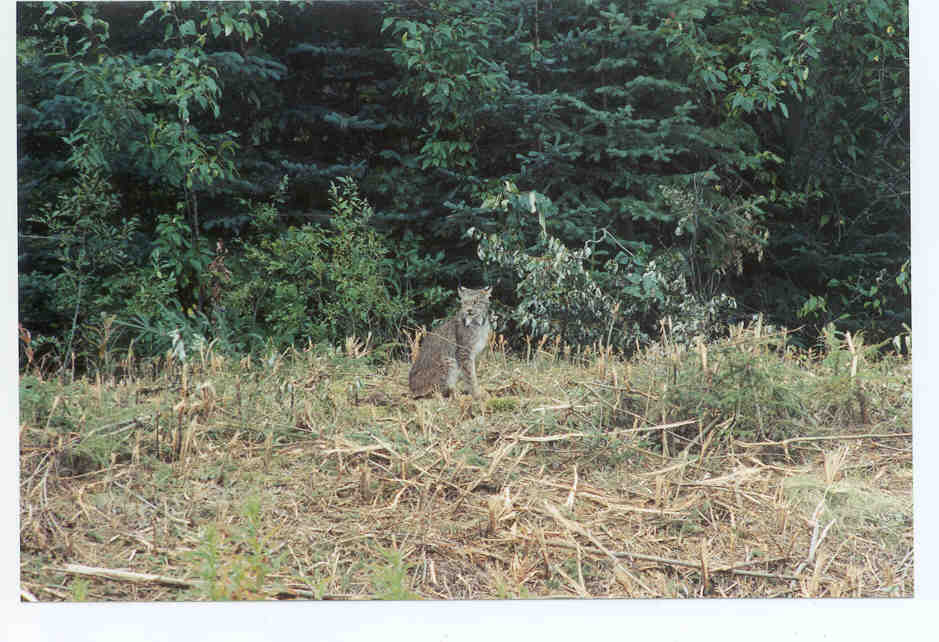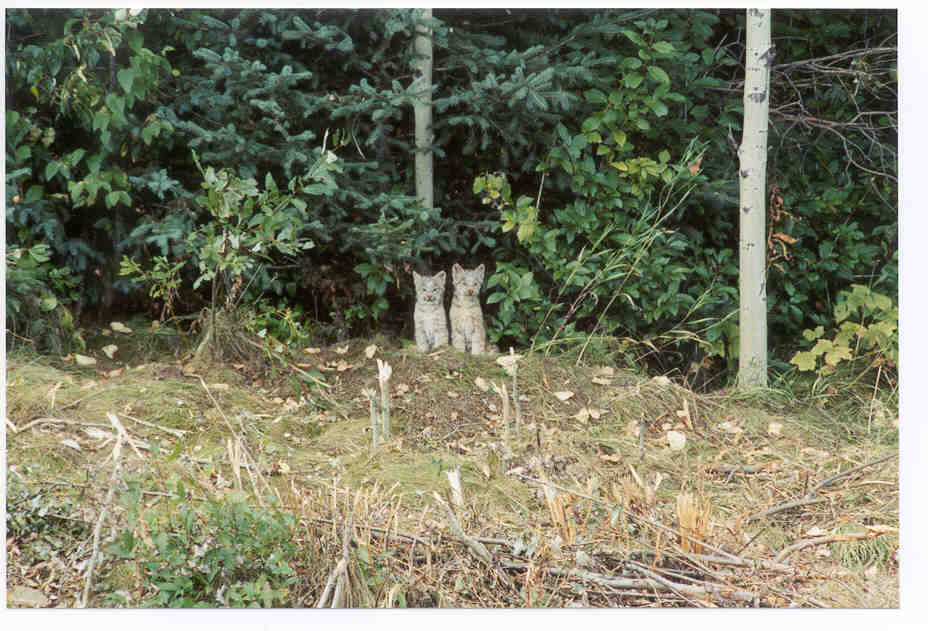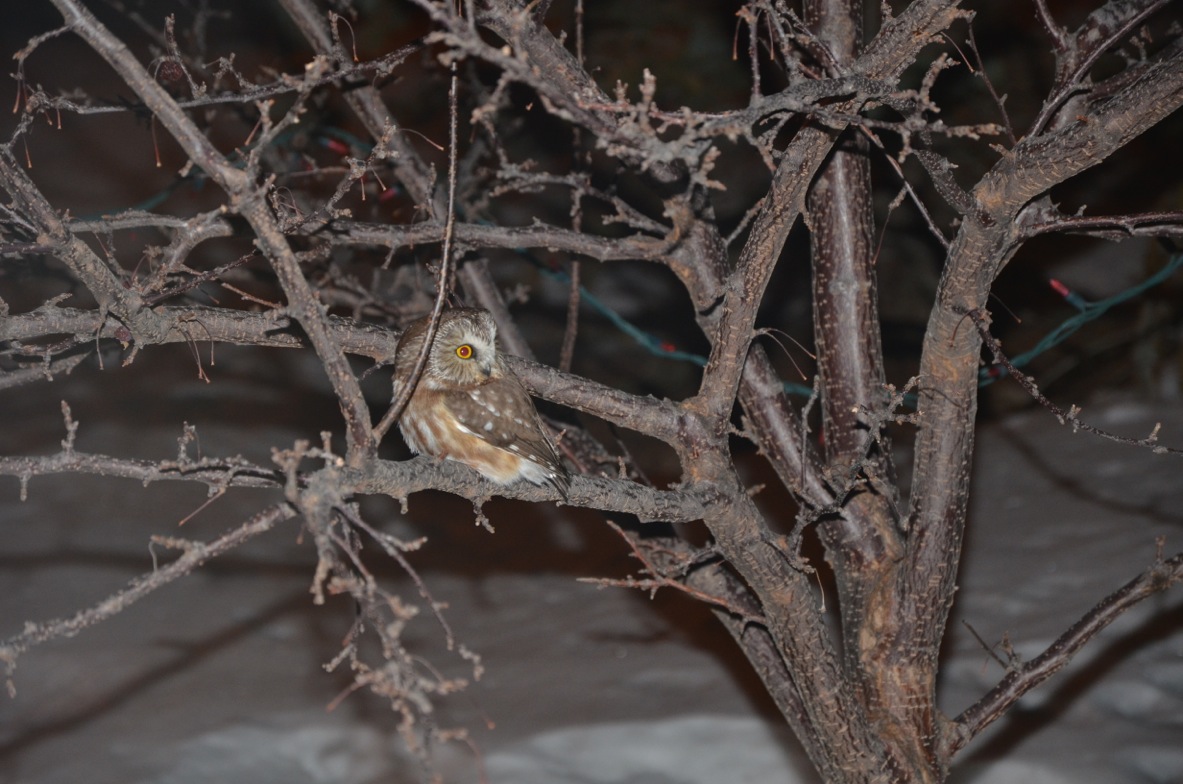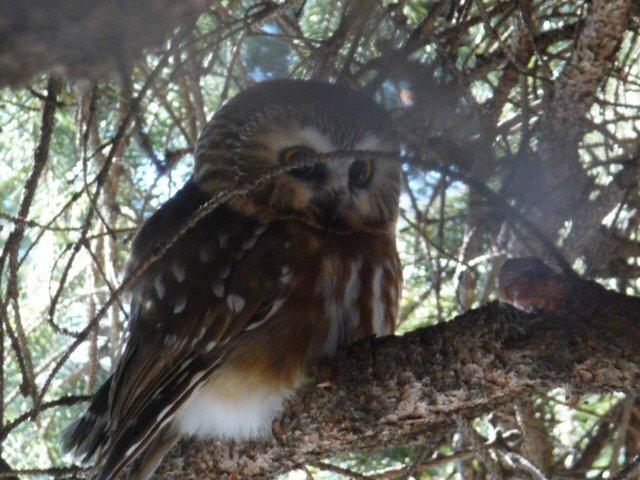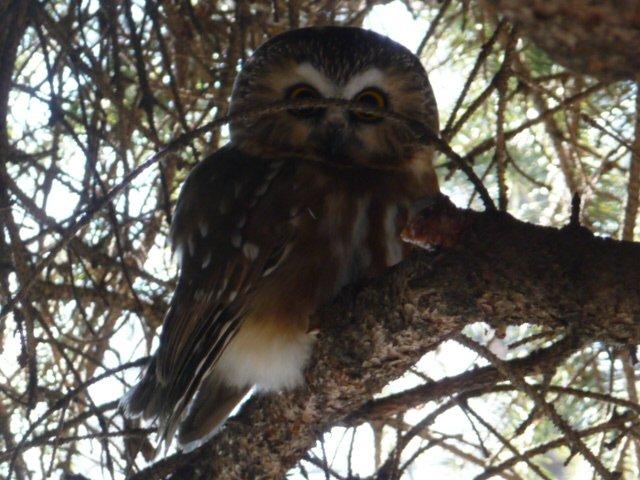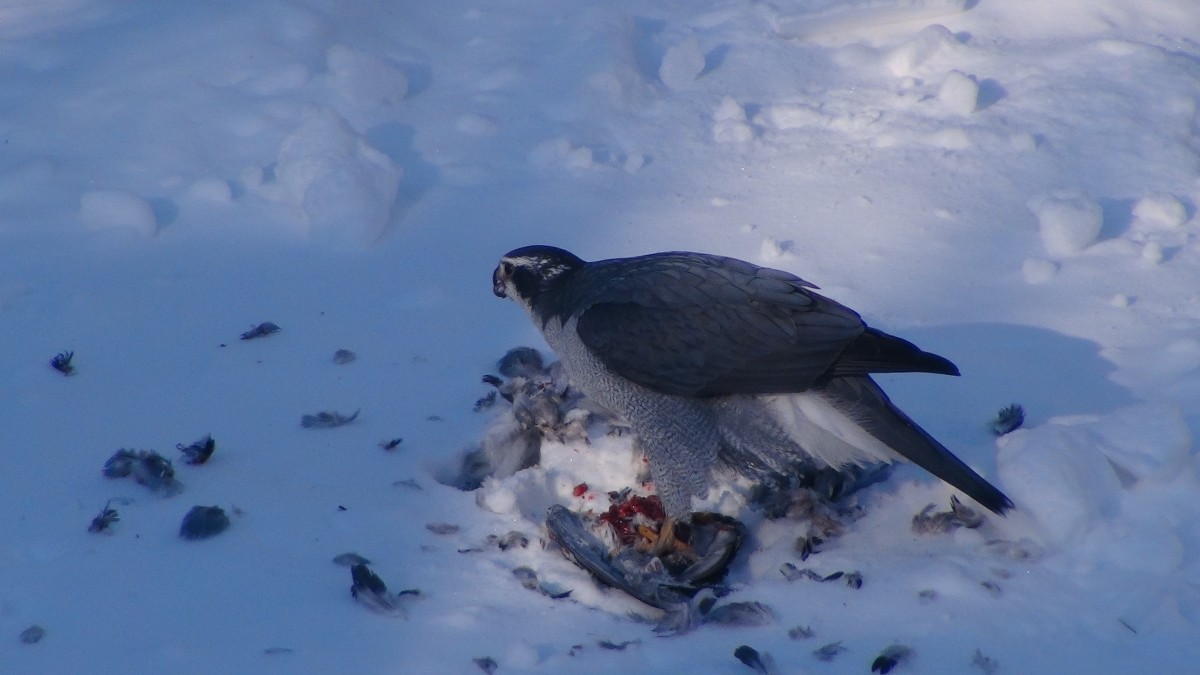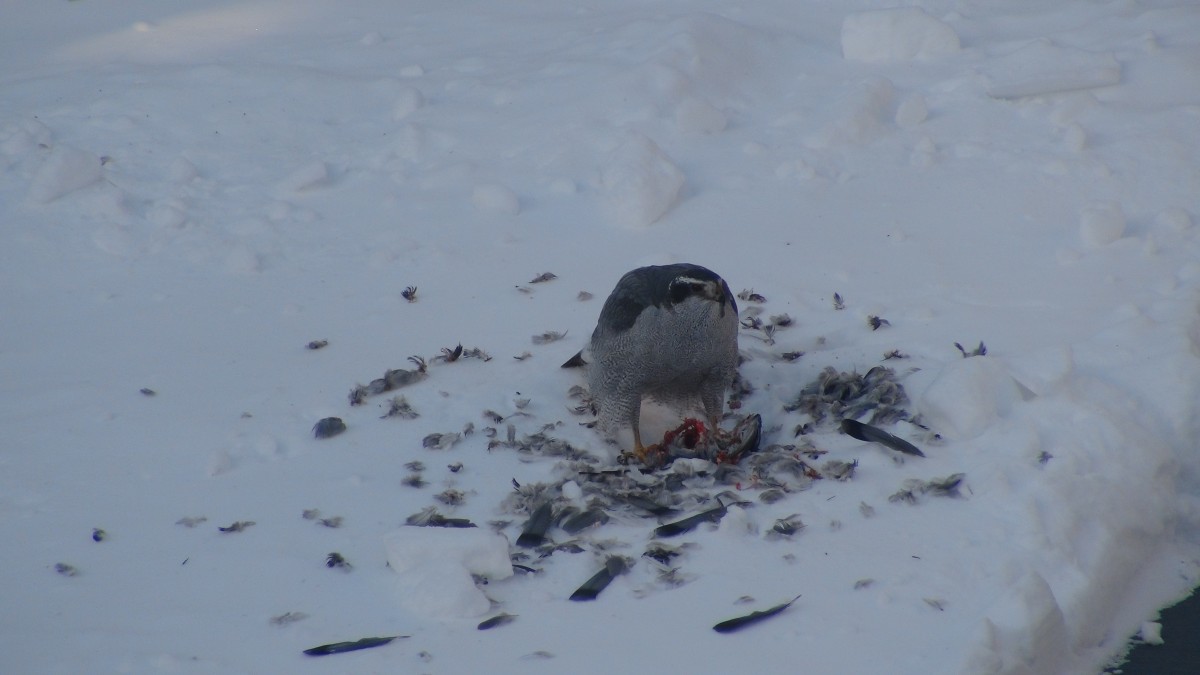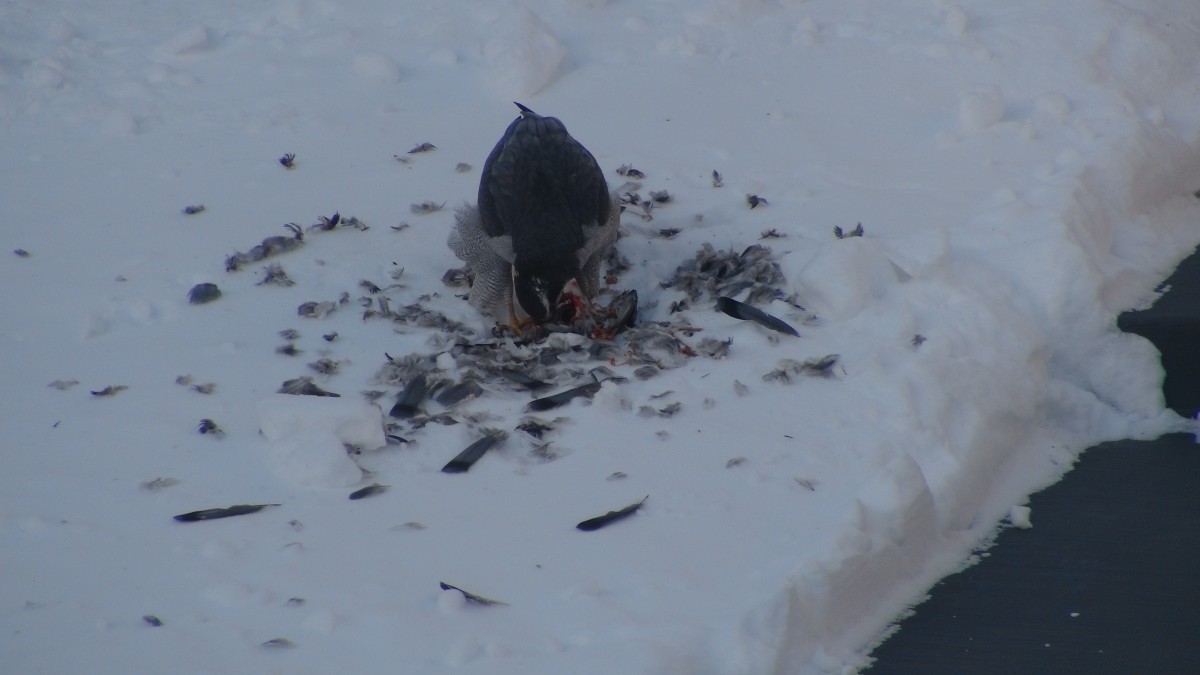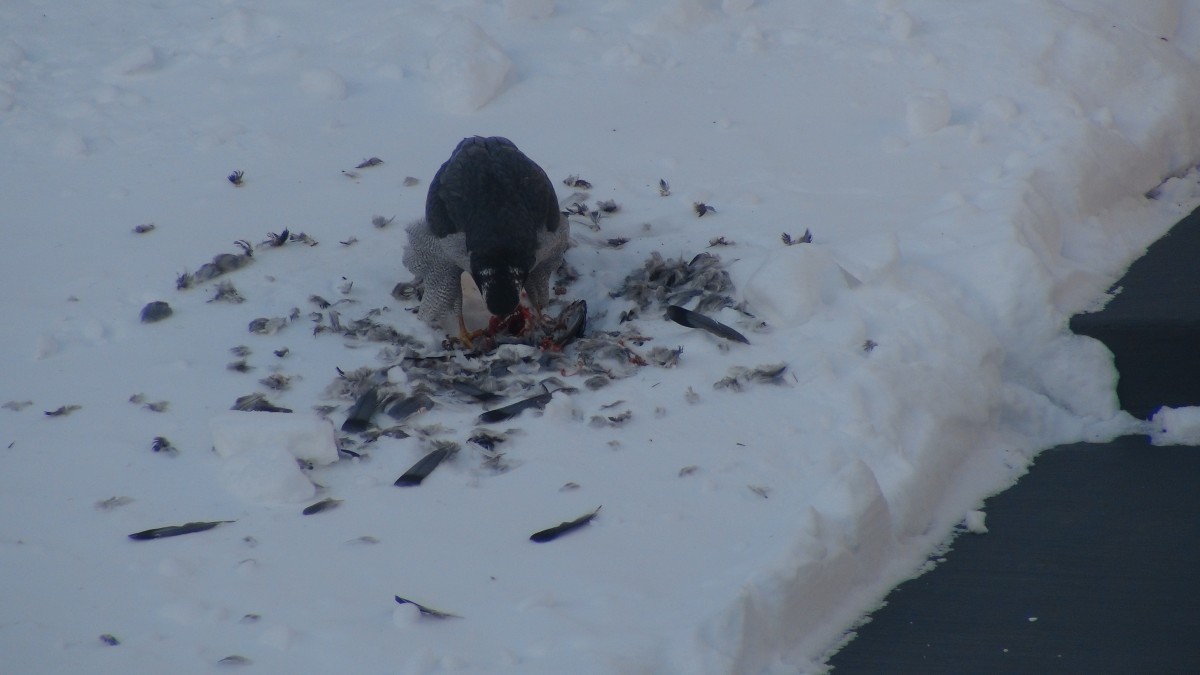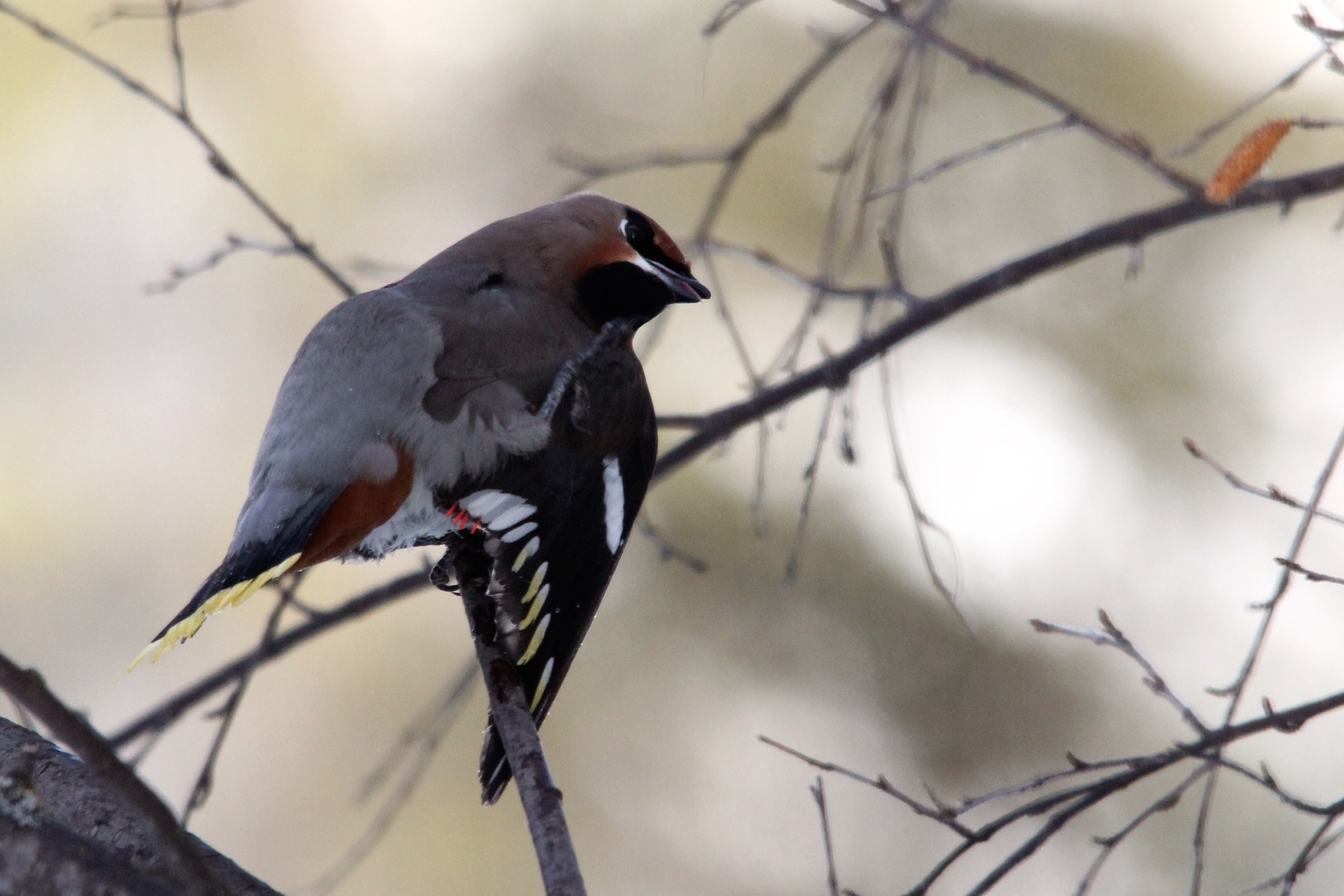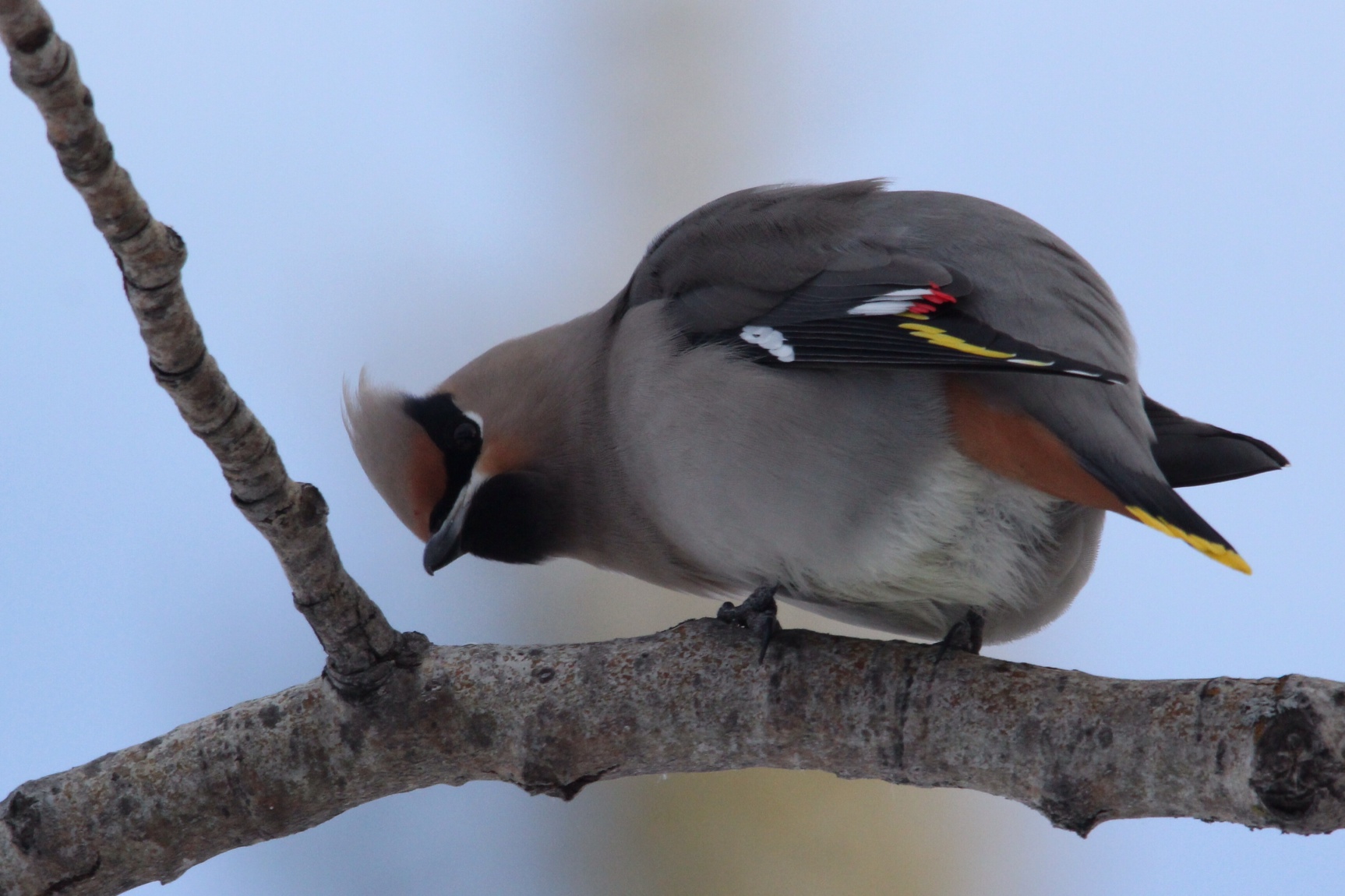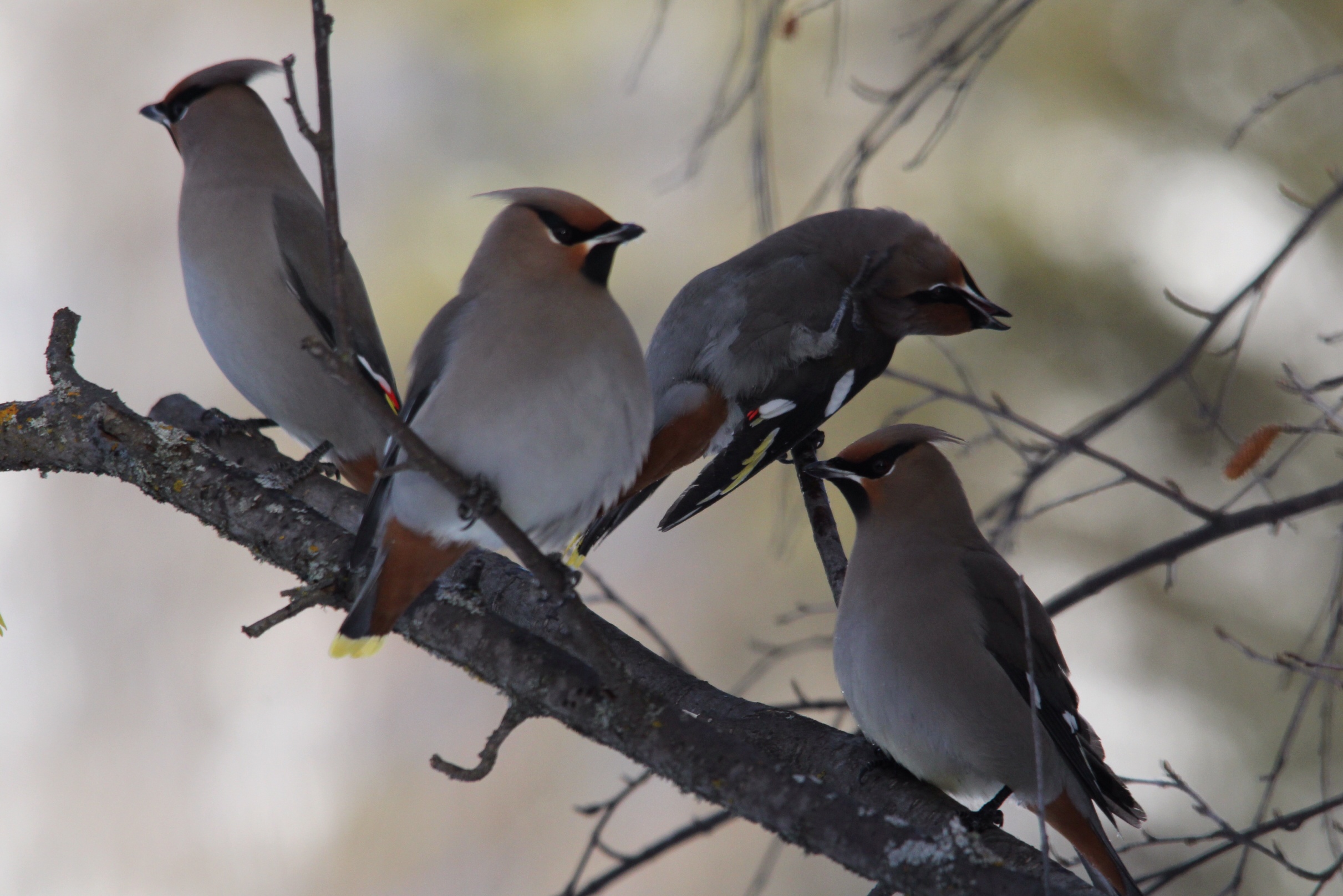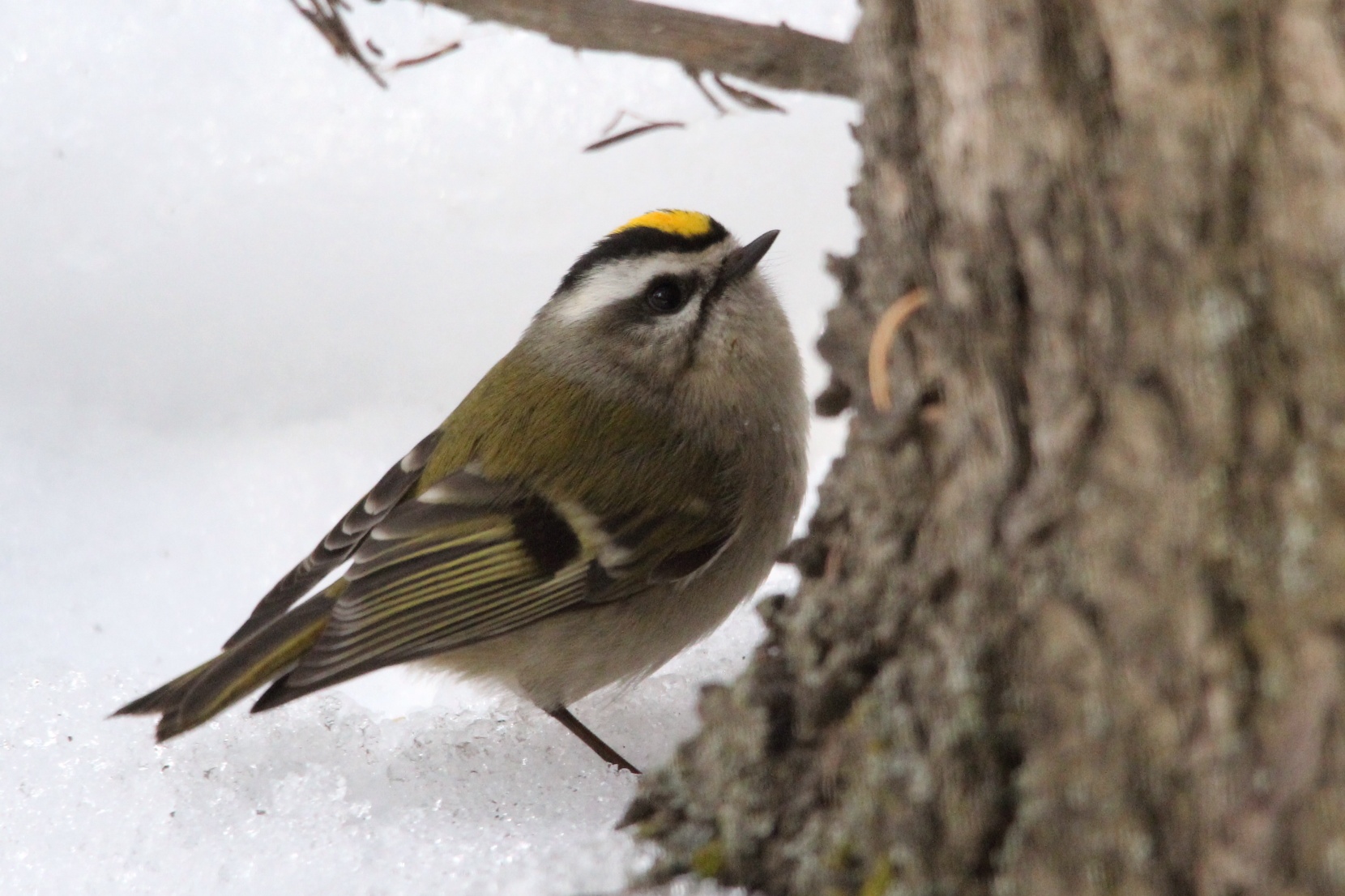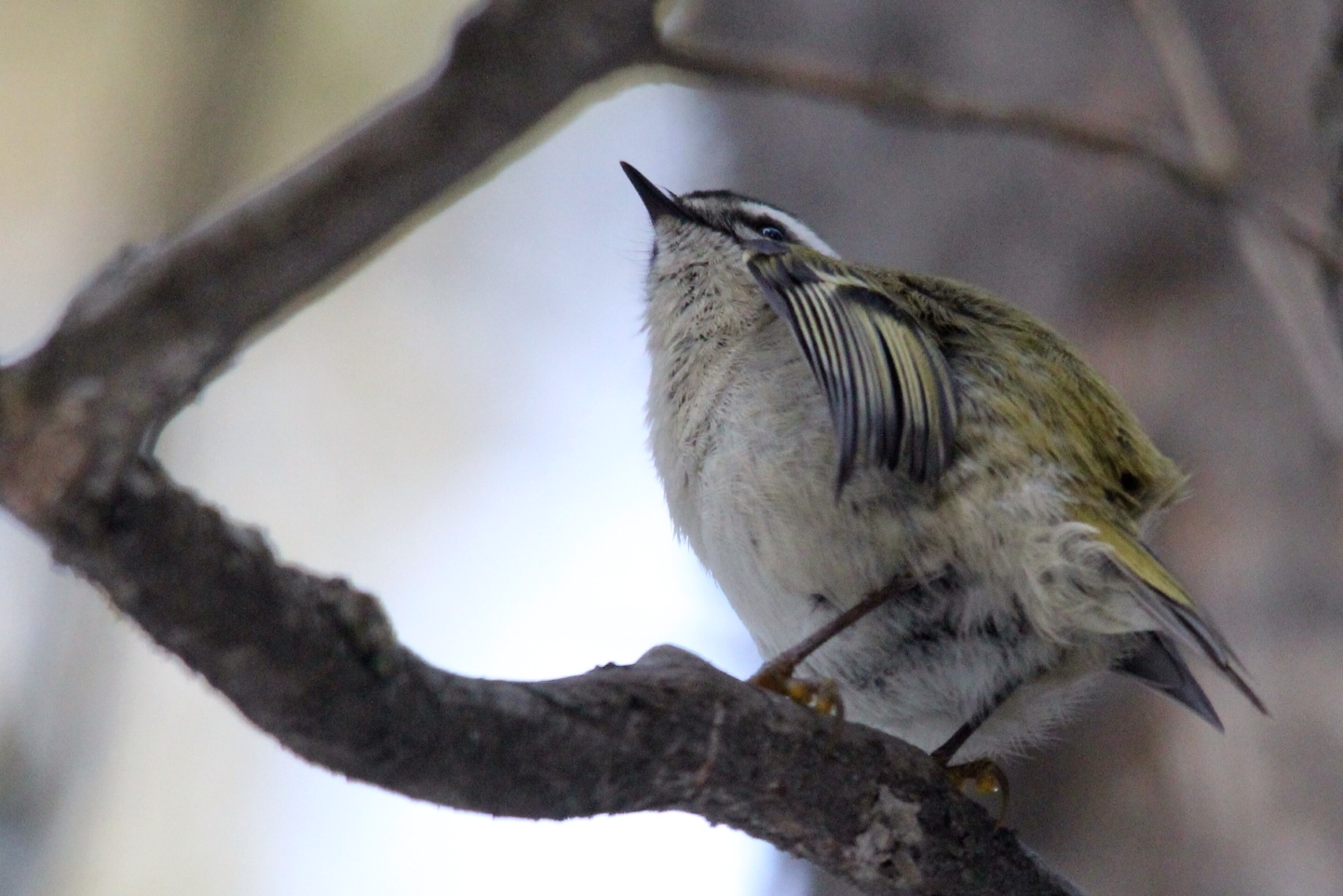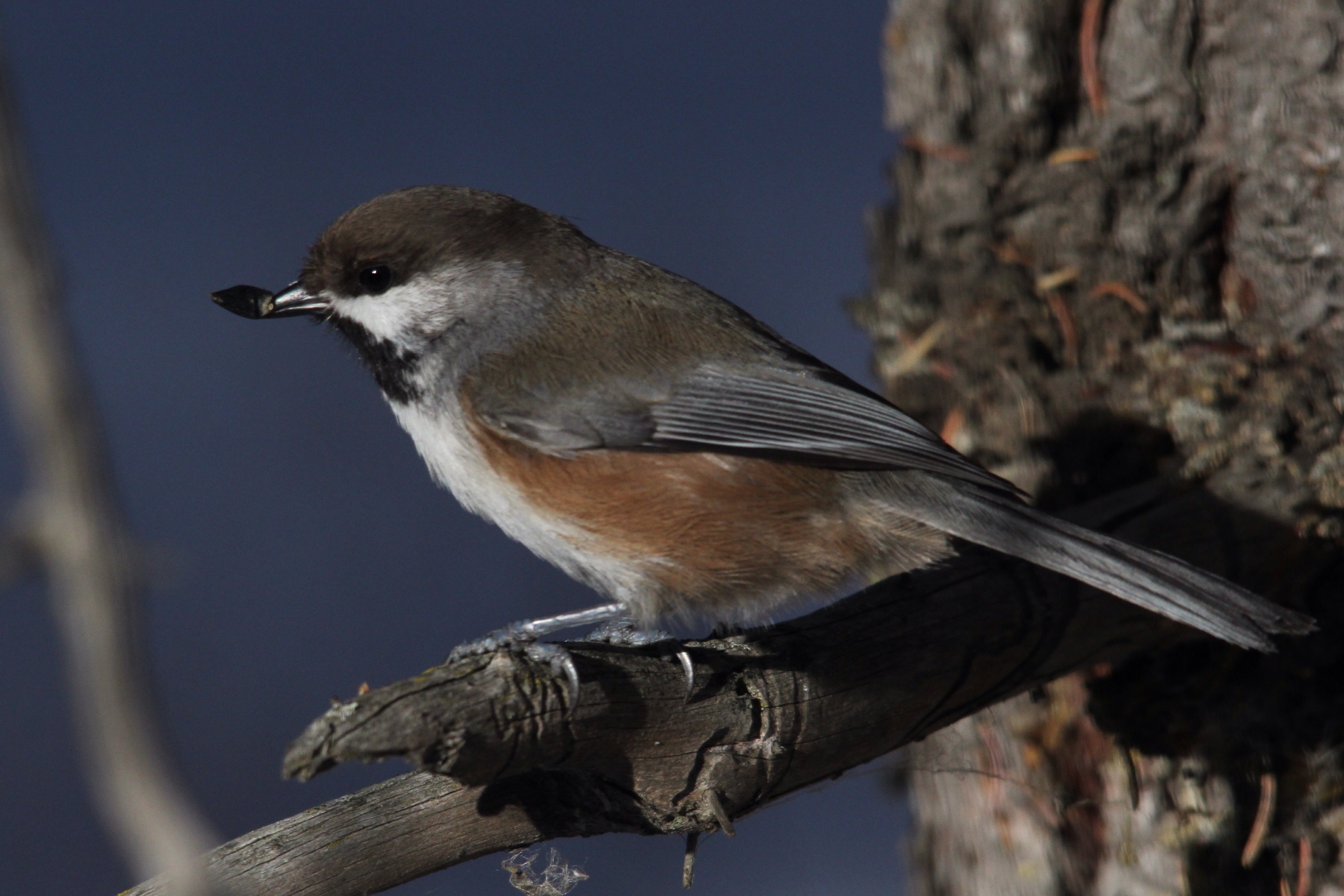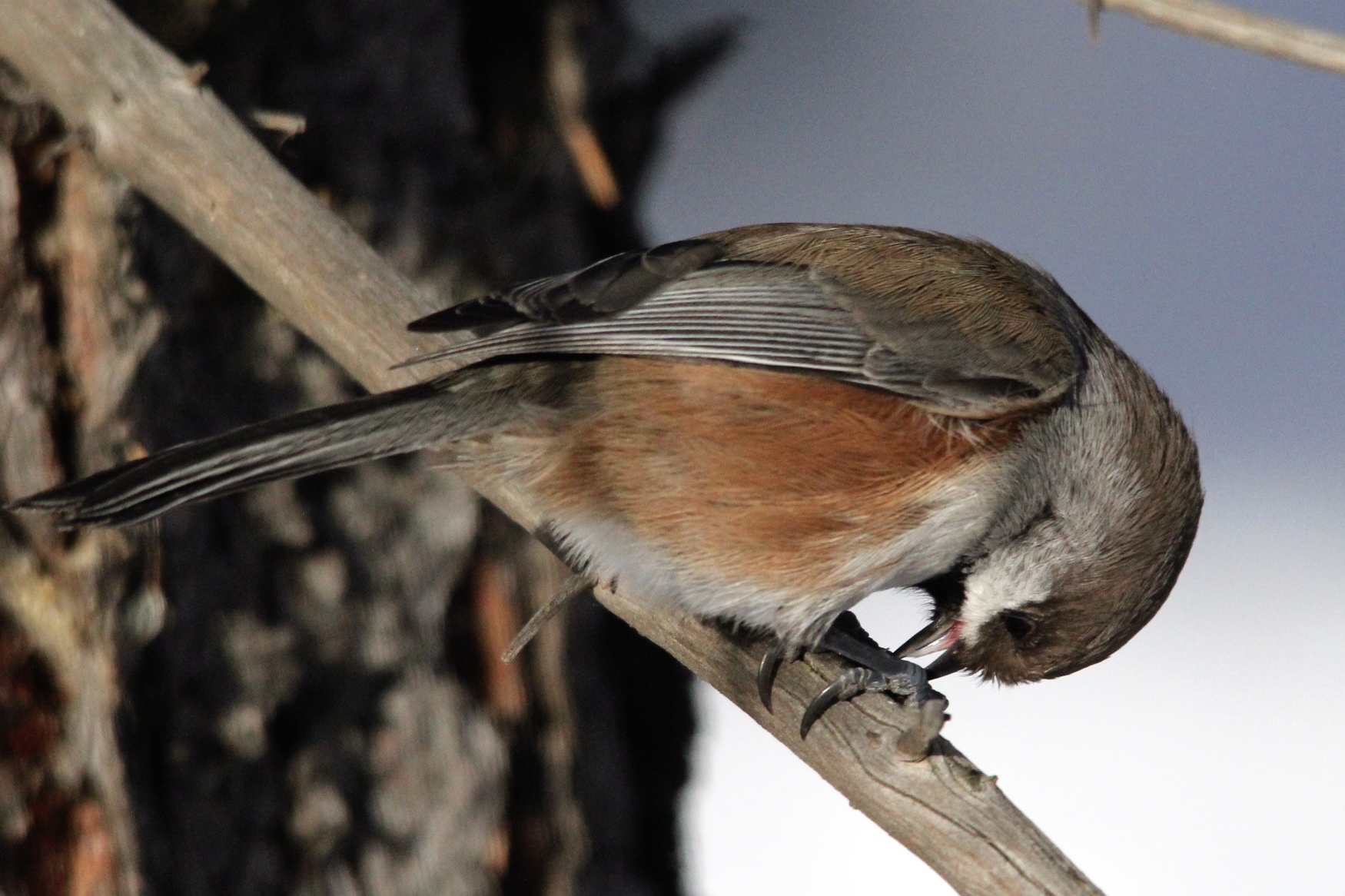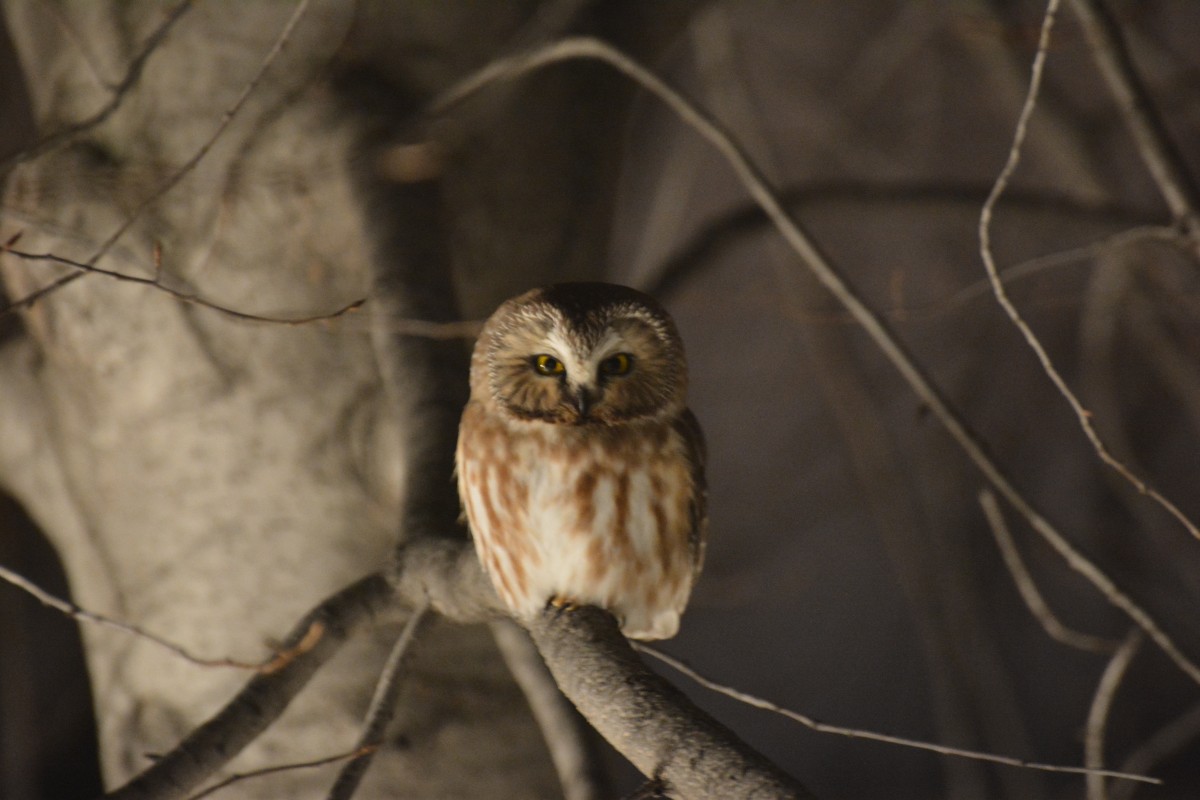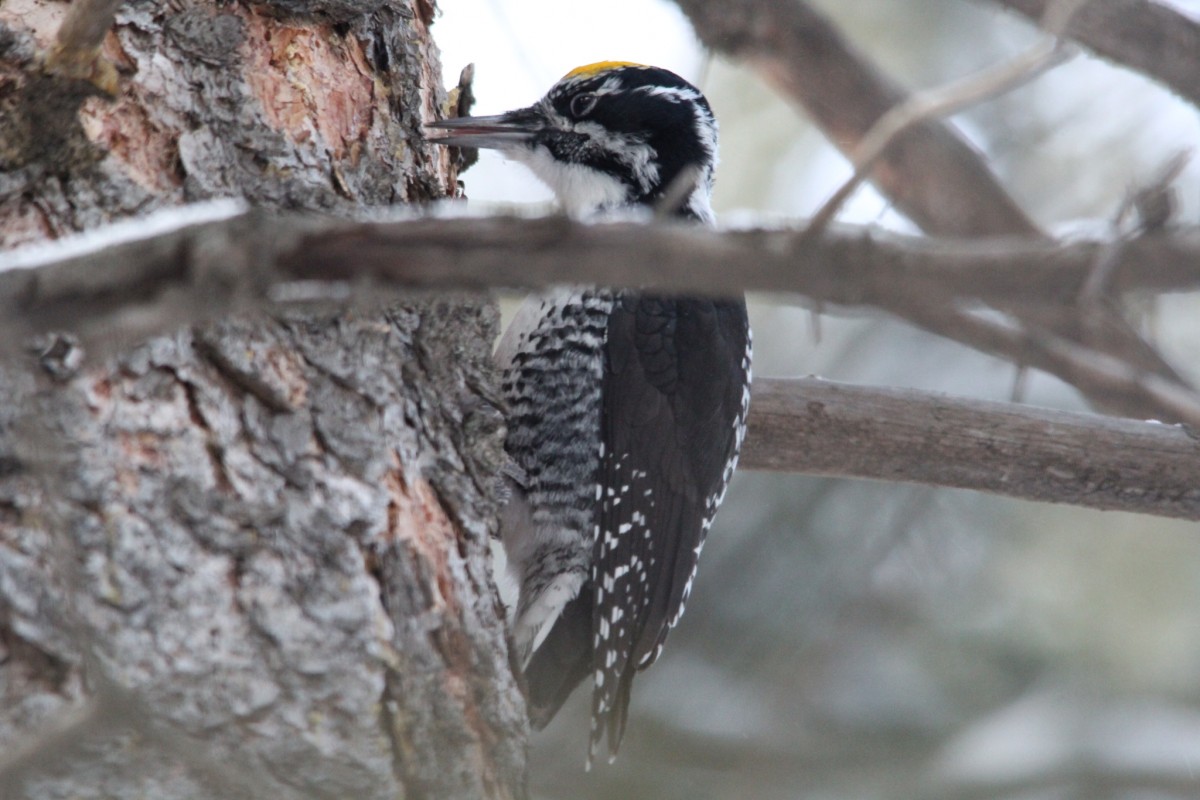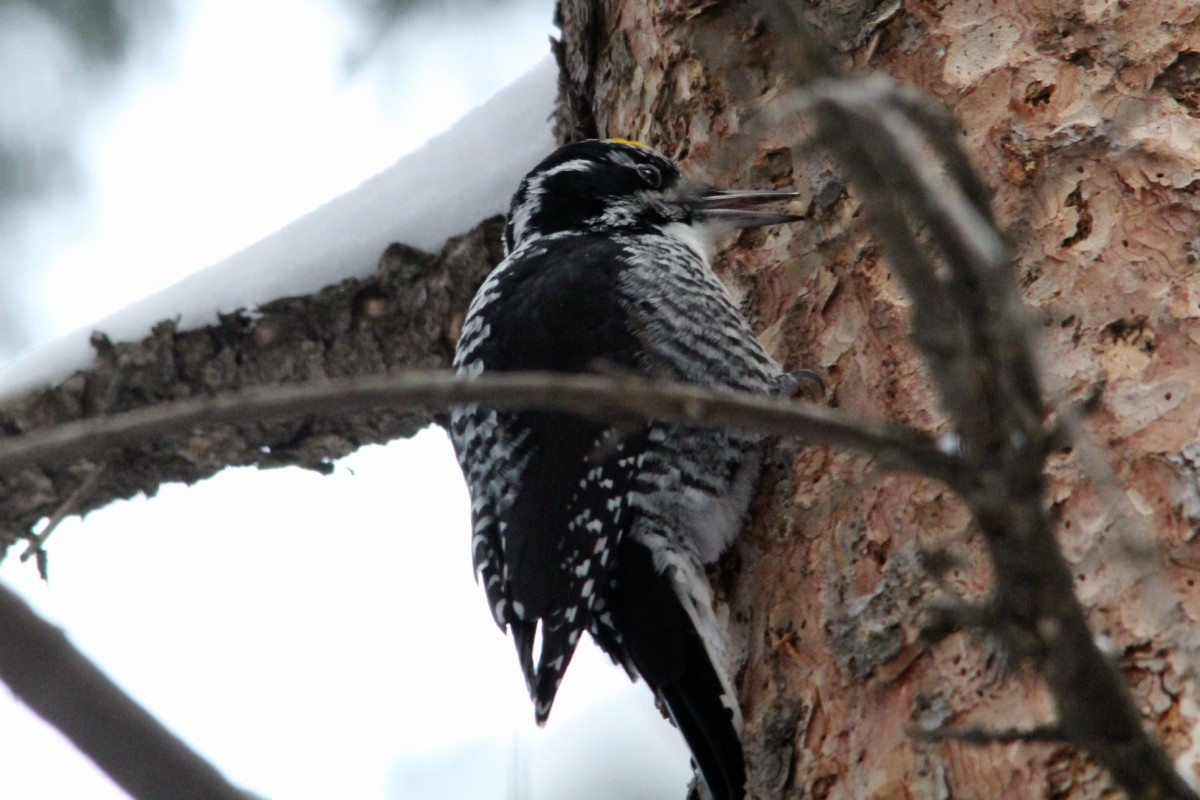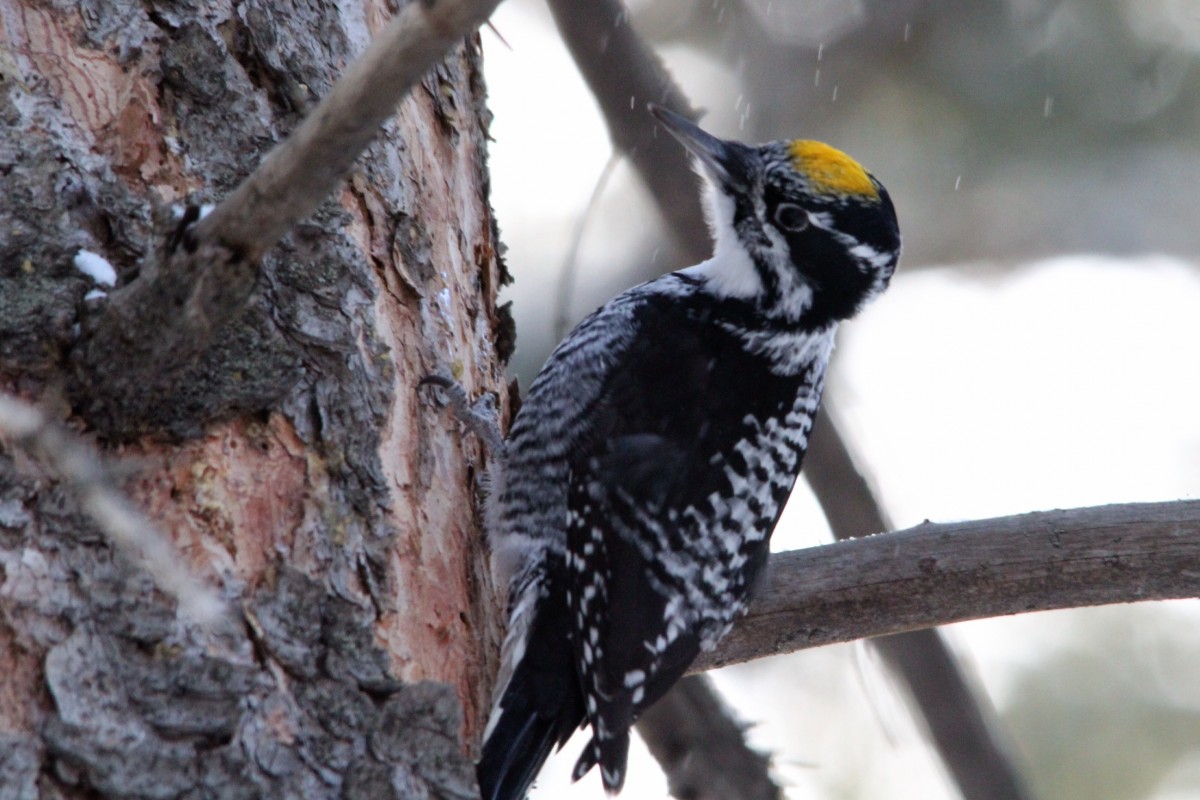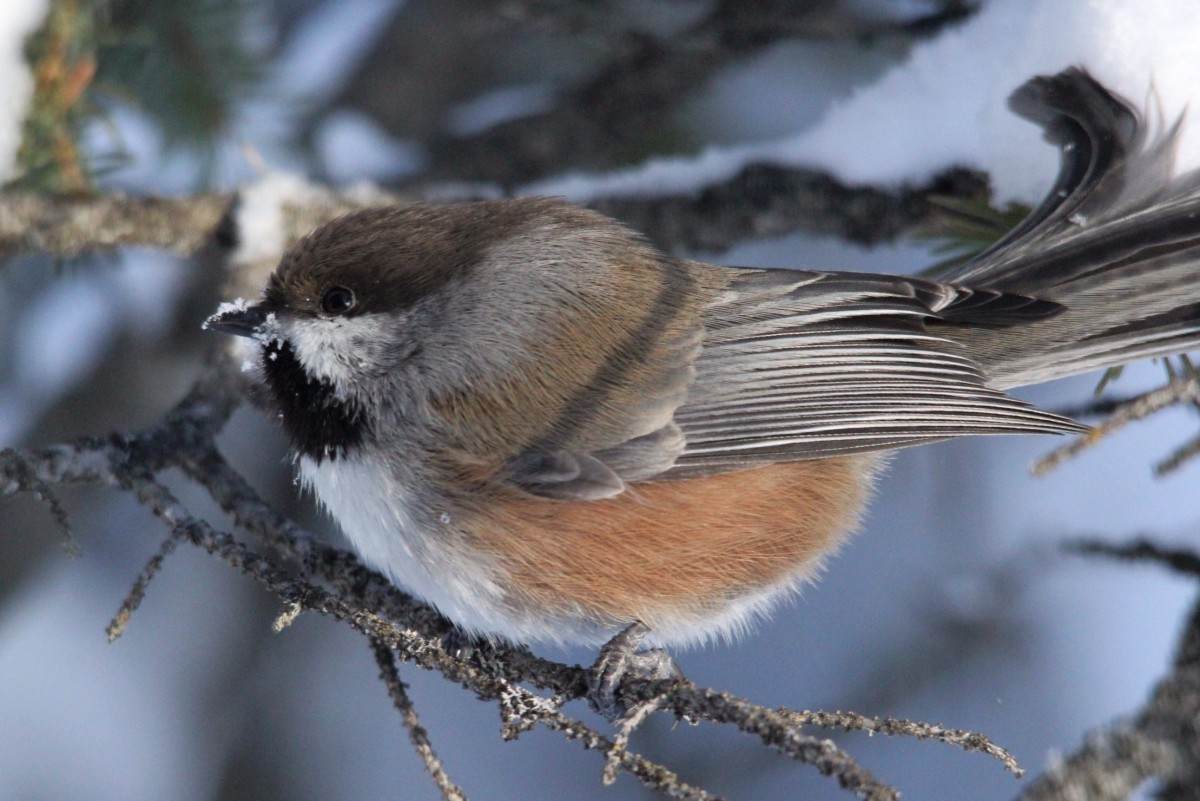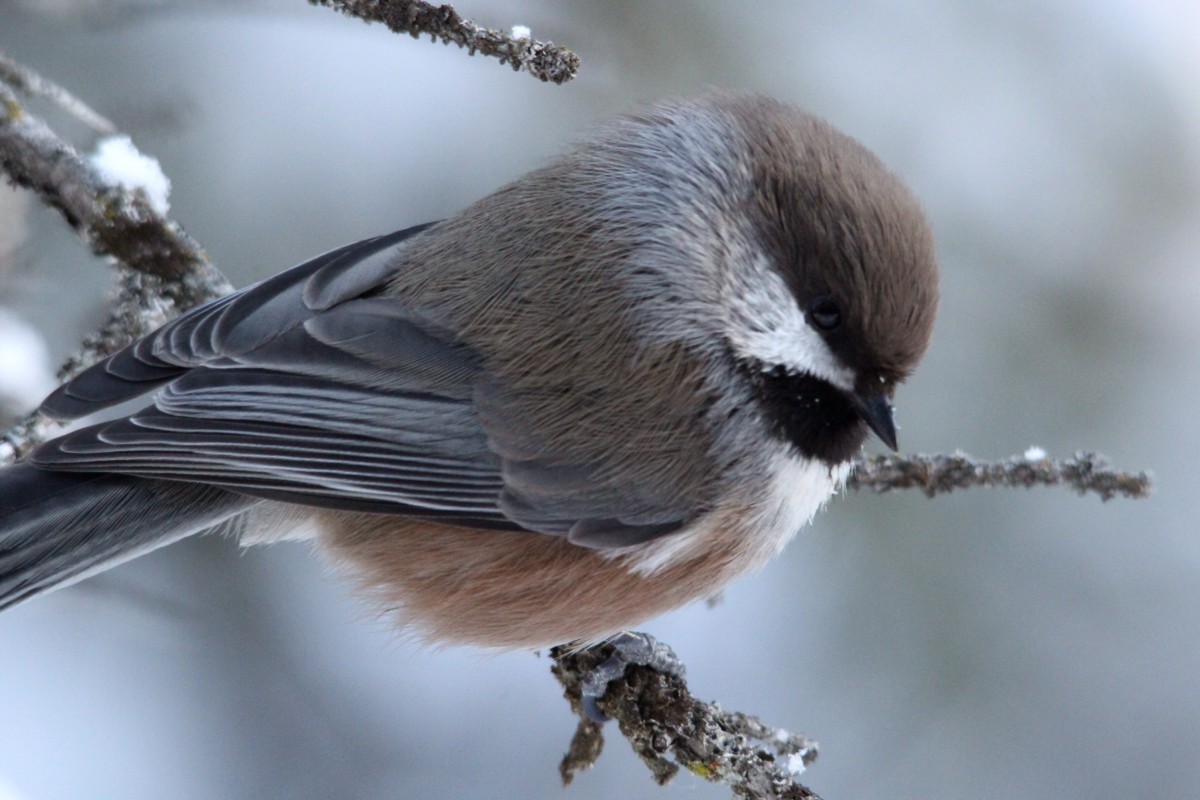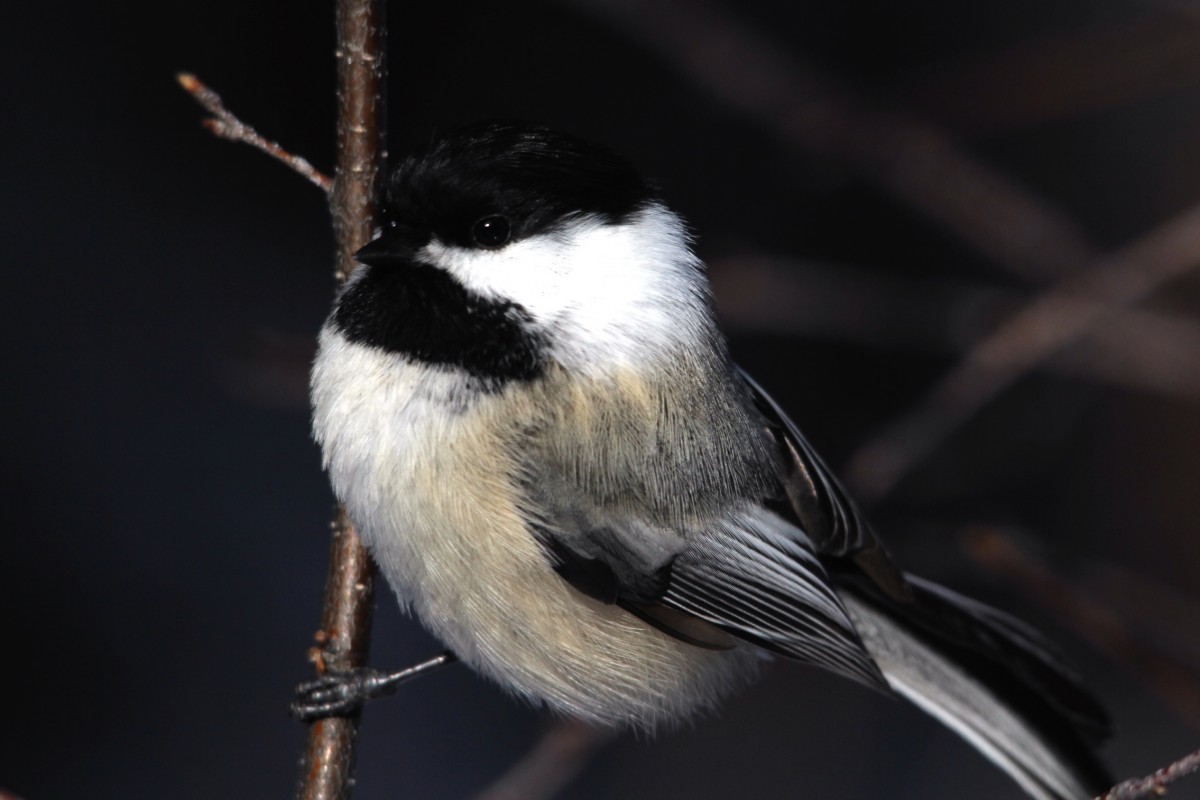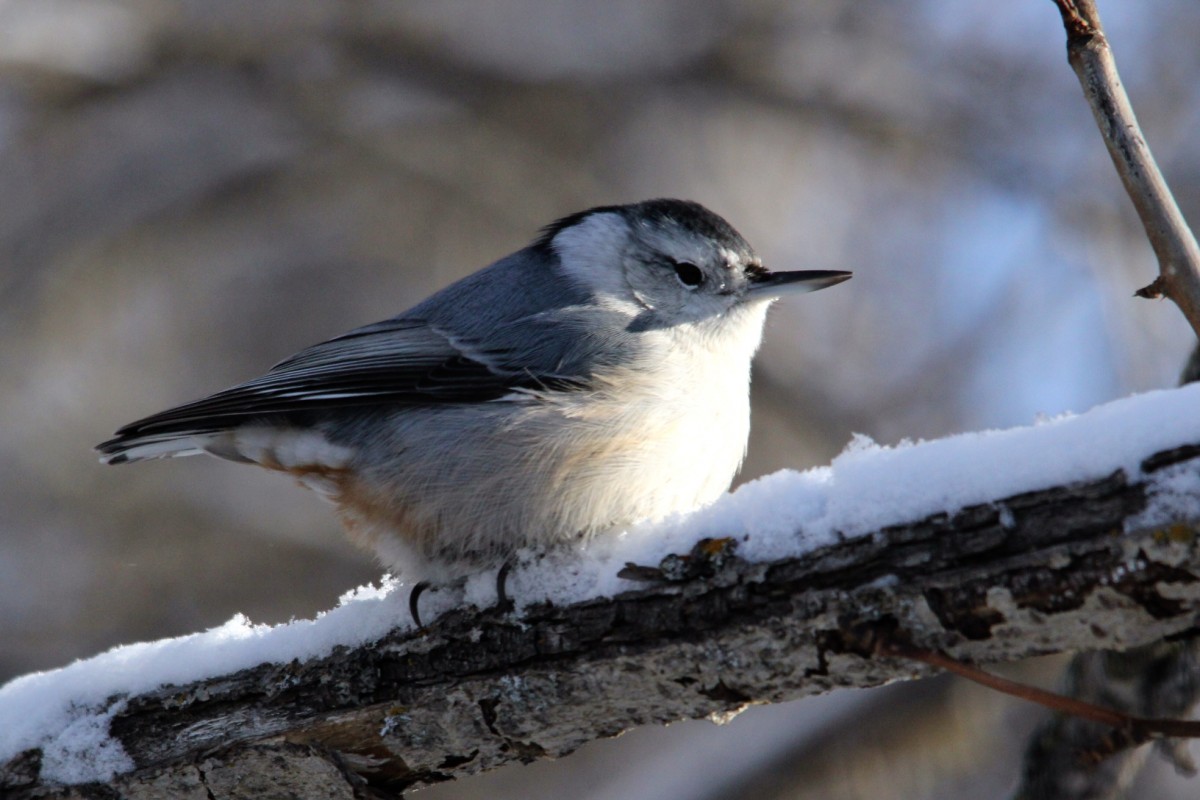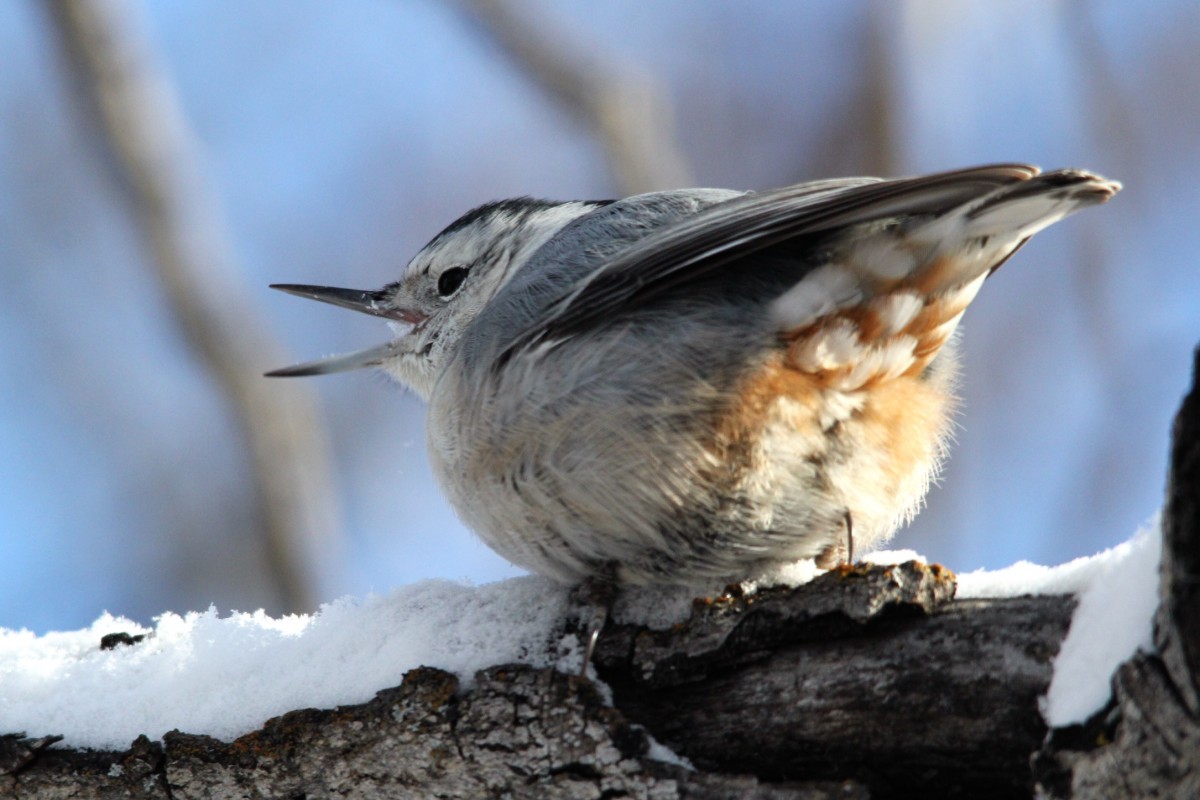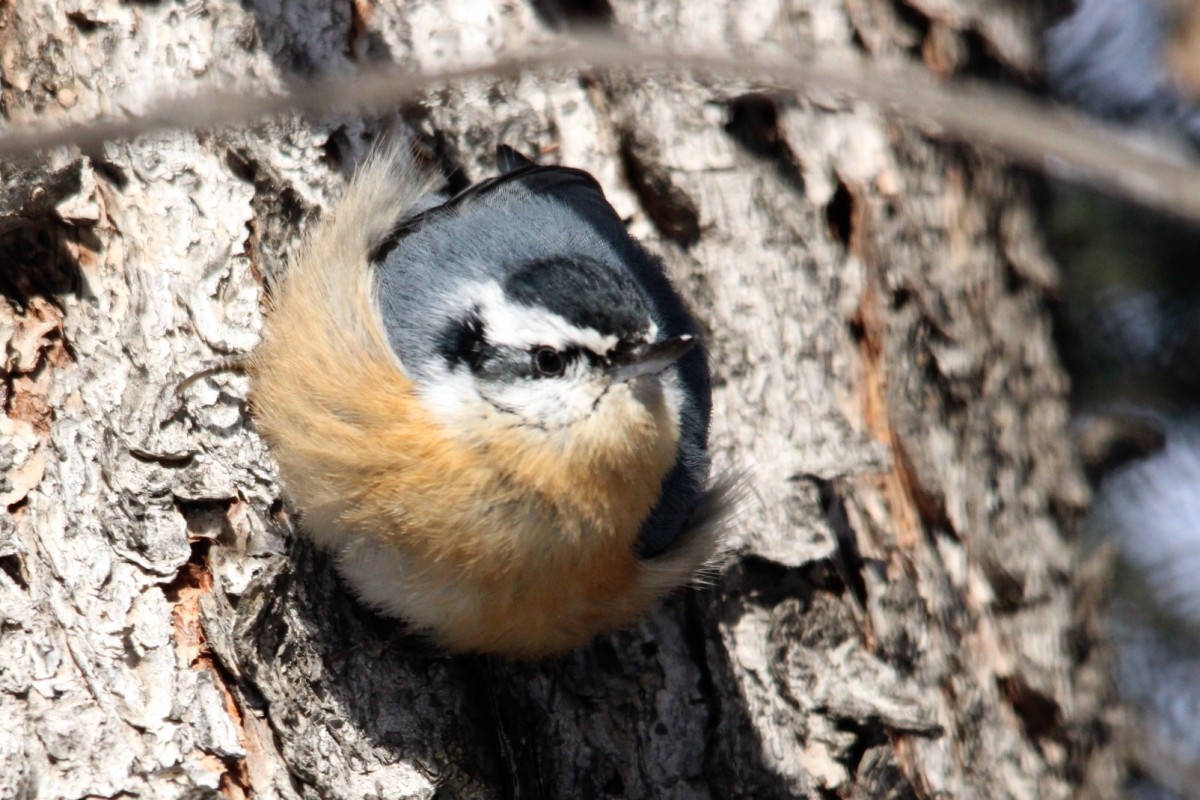Posted by Bob Lefebvre
Last Friday’s post announced the upcoming 2015 Calgary Birding Competition. Today I will give details about how it will work and how you can get involved now.

Bohemian Waxwing, photographed by Matthew Sim during the 2010 competition
The main difference between this competition and the previous ones that Nature Calgary has held is that the recording of all bird sightings will be done using eBird, the online bird listing database. Previously birders could submit their sightings on spreadsheets or paper printouts, and the organizers of the competition would compile the results. Using eBird makes this process automatic, and the ongoing status of the competition will be visible to anyone.
There are many other advantages to using eBird, for both the birder and for anyone who wants to learn about the birds of the Calgary area:
- eBird is a permanent, publicly available record of bird sightings
- eBird is a searchable database
- anyone, whether an eBird user or not, can access the database
- it includes sightings from around the world
- it includes historical sightings
- sighting locations are shown on maps
- birders can request to be alerted by email of rare bird sightings, or sightings of any bird they need for own list
As eBird use has increased, it has become a valuable tool for researchers studying the status and distribution of bird species. We feel that its importance for the birding community will continue to grow over time. The value and accuracy of eBird’s data will also increase as more birders use it.
Therefore, two of the main goals of holding this competition will be:
- To train a new generation of birders to use eBird
- To encourage veteran birders to begin using eBird, and to enter their bird lists from previous years into the database.
The Calgary area is already among the top three locations in Canada in terms of the number of sightings submitted to eBird, but we would like to see that increase dramatically from 2015 on.
It is quite easy to set up an eBird account and get started. Here is the sign-in page. We will offer help to anyone who needs it; more on that below.
To take part in the 2015 competition, you will need to:
- register with us (we will set this up soon)
- have an eBird account
- set up a Patch list on eBird for the 80-km circle
After that it is just a matter of entering your sightings into eBird as you make them, and making sure that any locations where you recorded birds inside the 80-km circle are included in that patch.

Red-breasted Nuthatch, photographed by Ken Johnson during the 2010 competition
Getting Started Now
We hope that many of you will get started using eBird and setting up your competition patch soon, so that we can use 2014 as a trial run to work out any problems. This way you will also be able to familiarize yourself with the process and learn more about using eBird, and see how many species you can find inside the circle this year. I will give details on how to register and how to set up a competition patch in an upcoming post.
If You Need Help
Although eBird is fairly easy to use, if you feel you need help we will offer it to anyone who wants to get started. If you have set up your eBird account but just have a few questions, you can contact us by email. Our email address is ebirdyyc(at)gmail.com.
For those of you who would prefer it, we will be holding in-person training sessions. These will take place in a state-of-the-art computer lab, where you can go through the whole process of setting up an eBird account and entering bird sightings. For anyone who uses other bird-listing software, we will also teach you how to import that data into your eBird account. The first training session is already full (it was advertised in the Nature Calgary newsletter) but we will hold more sessions as needed. If you want to take part in this, please register at birdstudy(at)naturecalgary.com.
